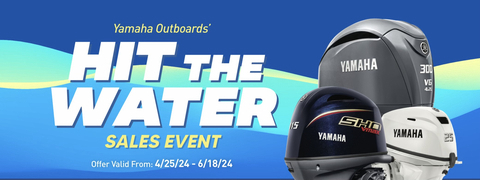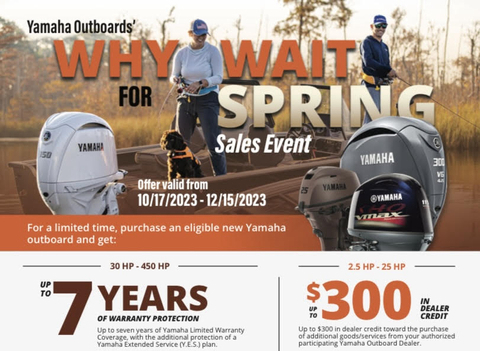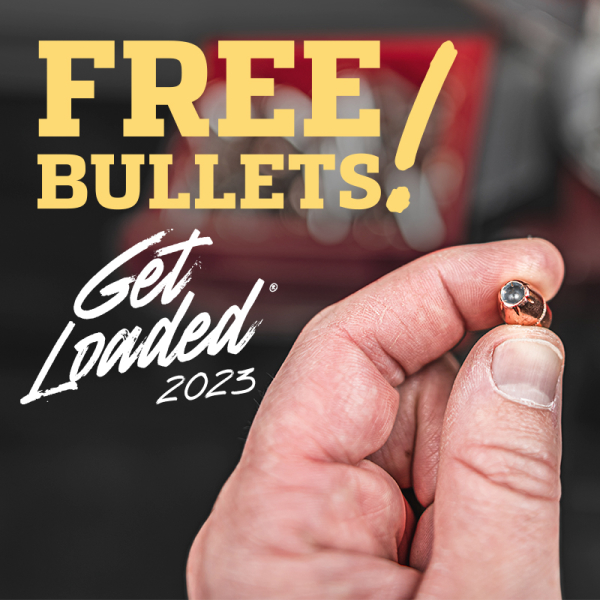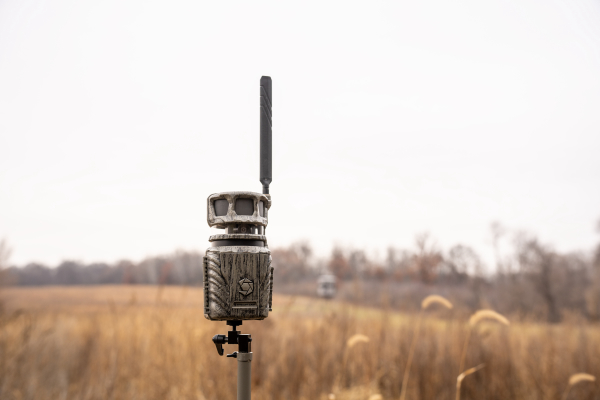Handcannon for Long-Range Deer
By Glen Wunderlich
Outdoor Columnist
Member Professional Outdoor Media Association
For some time now, I have been looking for a pistol load that will take deer cleanly at extended ranges. There are many choices in bottle-neck cartridges in single-shot pistols that’ll do the trick, but since my deer hunting has been limited to southern Michigan, all of them must be ruled out by law; only straight-walled cases are legal in zone III. The .357 magnum? Too wimpy. The .44 magnum? Not enough horsepower. The .45-70? Let’s get going!
First, let me define extended range: Beyond 150 yards to a maximum of 175 yards. No doubt, that’s quite a poke for most folks with any type of firearm, let alone a pistol. But, the Thompson Center Contender may be up to the task, but you’d better hang on.
Run-of-the-mill factory-produced ammo in .45-70 caliber doesn’t produce the velocity and/or lacks the aerodynamics to get the job done without lobbing the bullets into the target at such distance. Understand that any caliber can be sighted in for any range – say 175 yards – but mid-range trajectory will put a slow-moving bullet over the kill zone, which then calls for yardage estimates and varying degrees of altering the point of aim to compensate for the shot. Baloney! Plus, there’s the matter of down-range energy. If the bullet doesn’t pack enough punch when it arrives at the target (many consider 1000 foot pounds minimum), it might not expand properly and could result in less than terminal results.
That’s why I have chosen the new Barnes Tipped Triple-Shock bullets in the lightest offering of 300 grains. This new Barnes beauty is a tipped boattail design made of pure copper and the football design has three grooves cut into its circumference to minimize copper fouling by reducing the bearing surface in the barrel. I have used Barnes bullets for many years in handguns, rifles, and shotguns and have always been impressed with their 100-percent weight retention. I won’t use any bullets for deer that disintegrate upon impact like some other similarly appearing bullets do at higher velocities.
I went to the loading information from J.D. Jones of SSK Industries, the maker of my custom barrel for the light (for .45-70) bullets and set the powder scale at 54.5 grains of IMR 3031 powder. I have tested other bullets at near maximum loads in this rig and knew the gun could handle the pressure of the near-maximum load. Normally, I stay away from the real hot loads, for reasons related to safety and accuracy, but if I was going to push the load to 175 yards, it had to start off hot.
The chronograph pegged the projectile at 1670 feet-per-second (fps) and produced a whopping 1858 foot pounds of energy at the muzzle. Sighted in for a 150-yard zero, the bullet was at its highest point of 3.84 inches high at 75 yards and fell to 3.70 inches low at 175 yards – based on computerized ballistics. Not bad, but my preferred limits are 3-inches high or low to conform to my personal point blank parameters. However, there was still plenty of “whack-em” at 175 yards, which came in at a hefty 1029 ft-lbs of energy.
If I wanted to compromise my point-blank standards, this load has the muscle to get the job done; however, my next step will be to see if I can increase the velocity enough to flatten out the trajectory just a bit without signs of too much pressure. Options include changing powder or more powder, although there isn’t much room left for that – or changing primers. Of course, accuracy testing will be part of the experiment, too, because none of this horsepower stuff matters without real “gun control.”
Oh, yes. There’s one other annoying aspect of lighting off this hand cannon, but if I can find a chin strap for my hat, I’ll get over it.








